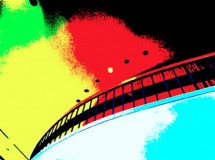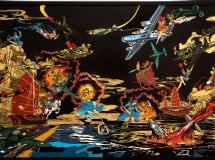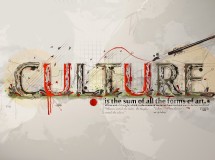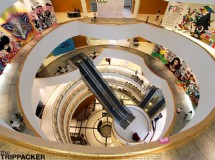Animators need to be able to draw rough sketches of just about everything.
They never know what their next assignment will be.
Lately, we have seen all kinds of interesting new things pop up in animation; techno-transformable robots, unmanned aerial vehicles, and alien spacecraft.
If you were to ask an animator to draw something like this, they have to use their creativity and imagination and then combine it with their CAD/CAM software computer skills.
This is a lot easier said than done.
So how does one go about drawing a robotic aircraft? This is not an easy task and just because you can draw a regular aircraft, a fighter plane, an airliner, or even a corporate jet does not qualify you to draw a robotic aircraft.
They don't look the same, they have a different style, and they have a different emotion about them.
The animator needs to make sure these robotic aircraft looked menacing, deadly, and impersonal.
Of course, in doing so they are giving human traits and characteristics to an inanimate object, or taking them away.
So how do you do that? Well, when you begin to draw a robotic aircraft you should draw a tube, and an elliptical wing.
Then you can start putting the control surfaces in the back of the aircraft and start contouring your tube into a flowing fuselage, with abrupt lines to make it look scary.
The weapons that are mounted underneath the wings of robotic aircraft must have very sharp lines and very definite boundaries and borders.
This makes the weaponry look very deadly and impersonal.
Lastly, it makes sense to over exaggerate slightly the visual unit, or the robotic eye under the aircraft.
These are the kinds of advice I give to animators that are trying to draw UAVs, and unmanned aerial aircraft for their projects.
They never know what their next assignment will be.
Lately, we have seen all kinds of interesting new things pop up in animation; techno-transformable robots, unmanned aerial vehicles, and alien spacecraft.
If you were to ask an animator to draw something like this, they have to use their creativity and imagination and then combine it with their CAD/CAM software computer skills.
This is a lot easier said than done.
So how does one go about drawing a robotic aircraft? This is not an easy task and just because you can draw a regular aircraft, a fighter plane, an airliner, or even a corporate jet does not qualify you to draw a robotic aircraft.
They don't look the same, they have a different style, and they have a different emotion about them.
The animator needs to make sure these robotic aircraft looked menacing, deadly, and impersonal.
Of course, in doing so they are giving human traits and characteristics to an inanimate object, or taking them away.
So how do you do that? Well, when you begin to draw a robotic aircraft you should draw a tube, and an elliptical wing.
Then you can start putting the control surfaces in the back of the aircraft and start contouring your tube into a flowing fuselage, with abrupt lines to make it look scary.
The weapons that are mounted underneath the wings of robotic aircraft must have very sharp lines and very definite boundaries and borders.
This makes the weaponry look very deadly and impersonal.
Lastly, it makes sense to over exaggerate slightly the visual unit, or the robotic eye under the aircraft.
These are the kinds of advice I give to animators that are trying to draw UAVs, and unmanned aerial aircraft for their projects.
SHARE







































